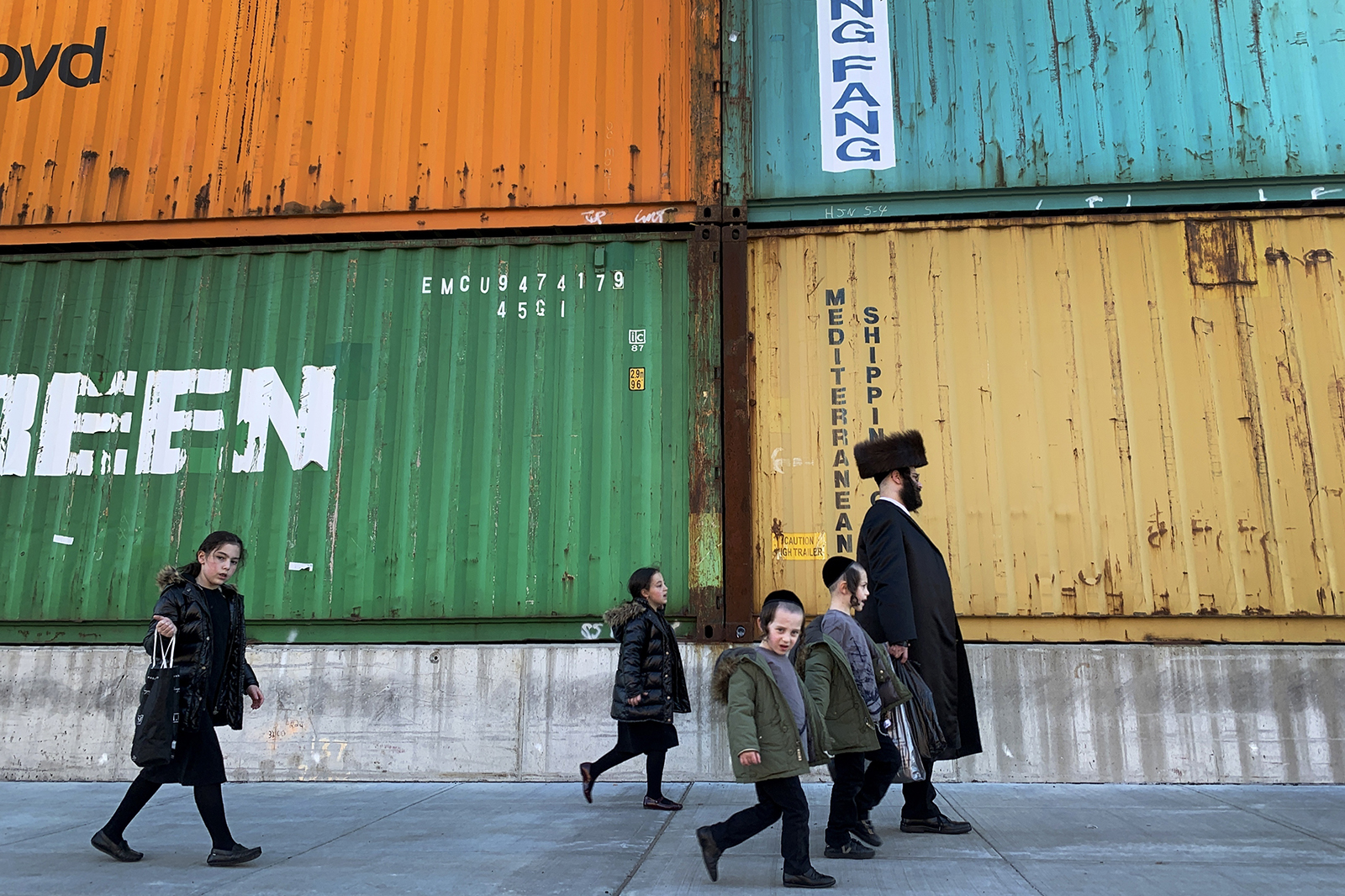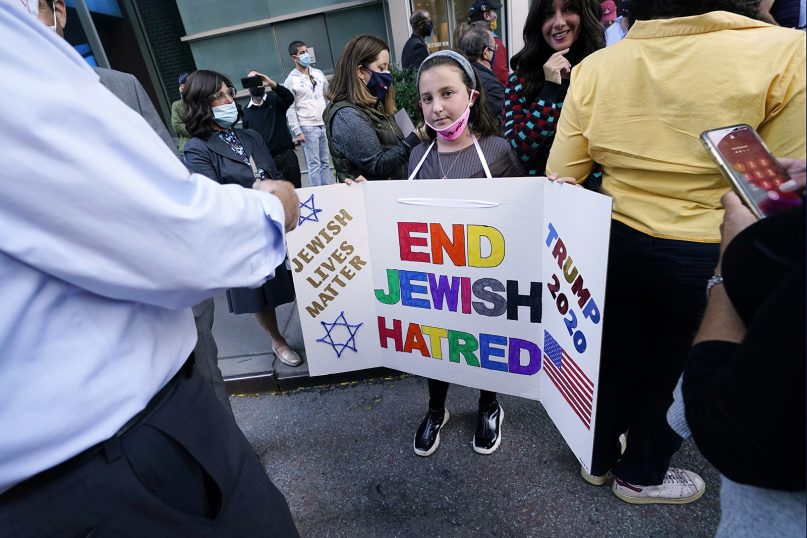(RNS) — The Pew Research Center released its second big survey of American Jews this week, following one conducted in 2013, and from a distance, it looks like nothing much has changed.
There are slightly more Jews overall, bumping up .2 percentage points in the U.S. population, while Jews “by religion” declined from 1.8% to 1.7% and Jews “of no religion” grew from .5% to .6%. Reform gained two percentage points (to 37%) while the other main “streams,” Conservative and Orthodox, fell one point each (to 17% and 9% respectively).
But a closer look reveals significant changes. The gap between the Orthodox and the rest of the Jewish population is widening, religiously and politically.
Take political allegiance. While the non-Orthodox Jews have trended slightly Democratic, the Orthodox have turned into staunch Republicans, shifting from 57%-36% pro-GOP to 75%-20%. That puts them in the same partisan territory as white evangelicals and Mormons.
RELATED: Study: Young Jews are moving to polar ends — secularism and Orthodoxy
When it comes to religion, the salient shifts are within the Orthodox stream and among the young.
Far from being a single thing, Orthodox Judaism is an agglomeration of disparate communities that includes the “Modern” and “Centrist” on the one hand and, on the other, the Haredim (aka Ultra-Orthodox) — comprising Hasidic and non-Hasidic groups and the sui generis Chabad-Lubovich movement.
Taken as a whole, the Orthodox are far younger than the other streams; 17% of all Jews ages 18-29 now self-identify as Orthodox, as opposed to 3% of Jews over 65. While 70% of the latter are Reform or Conservative, just 37% of young adults (29% Reform and 8% Conservative) so identify themselves.

In this Tuesday, March 30, 2021, file photo, members of the Orthodox Jewish community walk past shipping containers in the South Williamsburg neighborhood of Brooklyn, New York. A comprehensive new survey of Jewish Americans finds them increasingly worried about antisemitism and sharply divided about the importance of religious observance in their lives. The wide-ranging survey, released on Tuesday, May 11, 2021, was conducted by the Pew Research Center. (AP Photo/Wong Maye-E)
Meanwhile, the Modern and Centrist Orthodox — traditionally observant but fully integrated into American society — have shrunk from half to one-third of the Orthodox stream since 2013. Indeed, 11% of all young Jewish adults are Haredi, compared with just 1% of those over 65.
Meanwhile, the increase in Jewish nones — those who identify as Jews but say they are atheists, agnostics or nothing in particular religiously — has continued in line with the rest of American society. In seven years, according to Pew, they have increased their share of the adult Jewish population from 22% to 27%, with 40% of 18- to 29-year-old Jews now being “of no religion.”
While the youth movement within Orthodoxy has become more pronounced, it is not a new development. Under the circumstances, it is somewhat surprising that Pew shows no overall growth in that stream.
What’s clear is that growth is occurring at both the low and the ultra ends of the religious spectrum. In the view of Alan Cooperman, director of religion research at Pew Research Center, that sets Jews apart. “It’s a more pronounced bifurcation,” Cooperman says, pointing out that among other American religious communities the evidence indicates a shift only toward less religiosity.
It’s possible that growth on the ultra end would show up elsewhere if survey researchers differentiated other communities the way Orthodox Judaism invites them to. Catholic radical traditionalists (“rad trads”) could be increasing parallel to the Haredim, for example.
Be that as it may, Jews are also set apart by the “Jews of no religion” category, which harks back to a pre-Christian self-categorization that combines belief, observance and peoplehood.
One nice feature of the Pew survey is that it includes a range of measures (such as support for Israel, identification with other Jews, participation in Passover seders, etc.) by which to assess the extent to which Jewish nones are, well, Jewish. Bottom line: they are, but less so than Jews “of religion.” Whether they will remain so is an open question.
As for the divide between an increasingly Haredi Orthodox stream and the rest of American Jewry, I will go on record predicting that it will be bridged when the Messiah comes.






